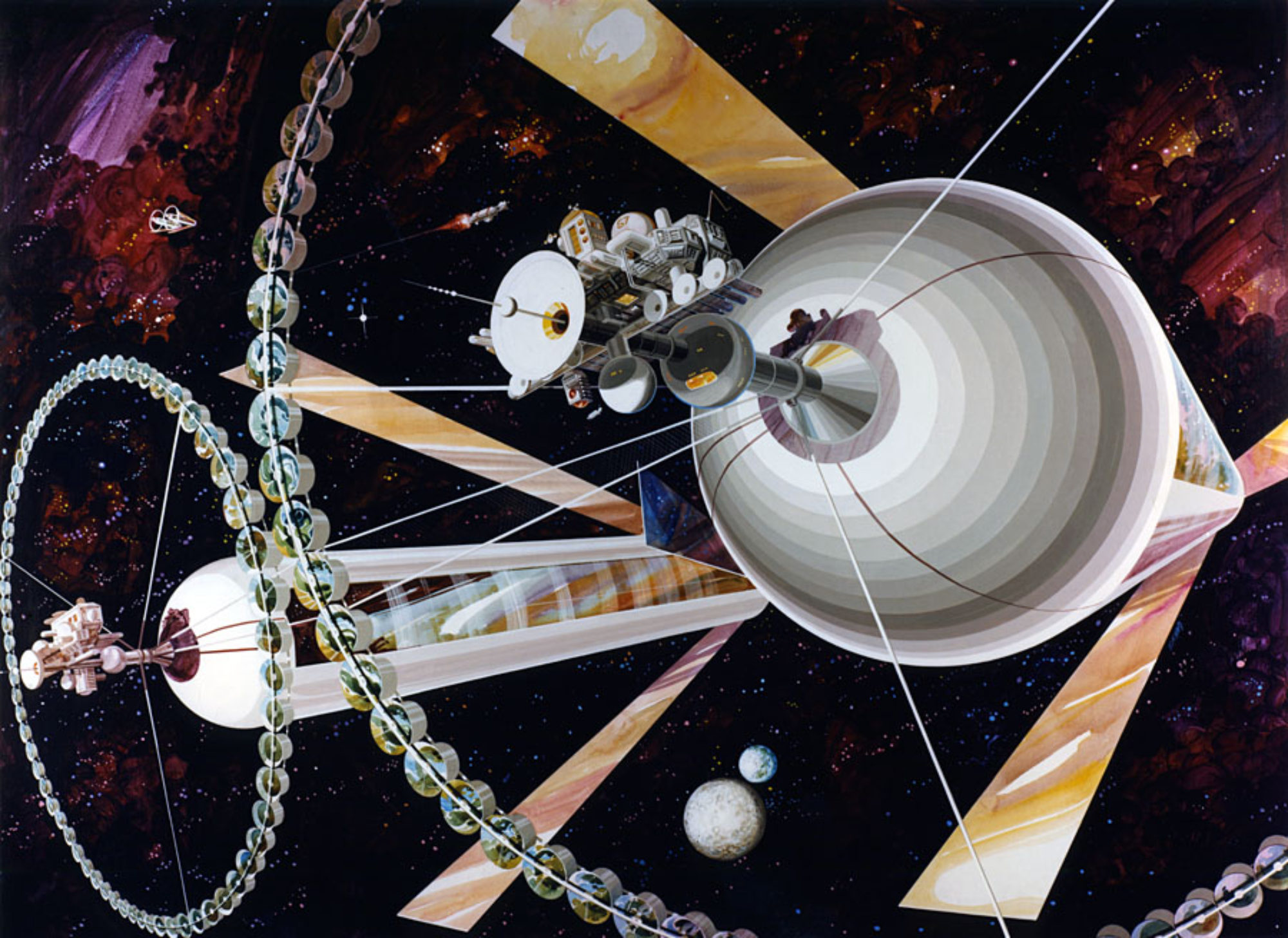
At some point in the future there will be settlements on the Moon. What will daily life be like in them? How will the architecture be designed? What crops and animals will be there? Will it be safe? What will the tech and culture be like?
Now you can virtually experience a realistic and sensible facsimile of such a town at Moonwards. The settlement is envisioned to be a multination facility that is based on sound technical and economic principles. Located in Lalande crater, Moon Town beckons with an immersive experience temping you to be a part of the development of its culture by helping to building the settlement, making your own home and attending events. Everything is set up for you with scientific accuracy: ships, rovers, habitats, machines and more. You can enjoy lunar parks, garden in the farm atriums, drive around and participate in all sorts of lunar life activities. Moonwards’ founder Kim Holder says:
“It’s all open source and you can use it however you like. It’s as open-ended as our future is right now. There are no cliches here, no fantasies. The day is nearly here when real ships will launch to really settle another world. There is a great deal we need to think about before then. Be a part of Moonwards.”
















